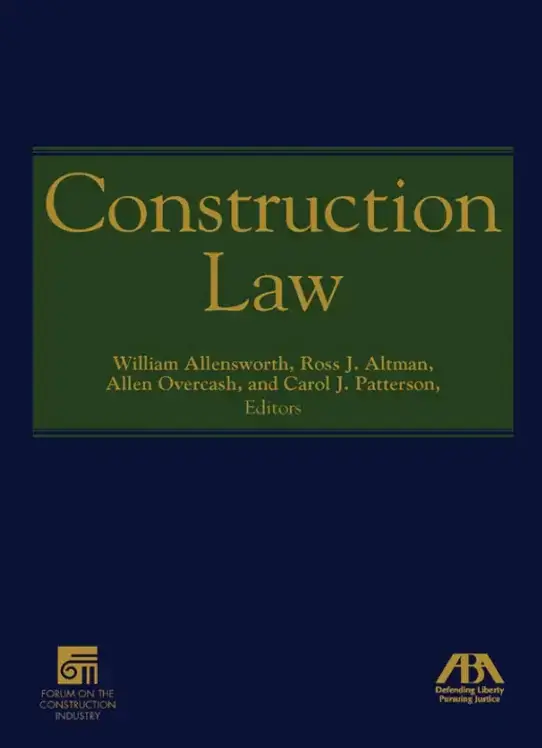A. Construction in the Ancient World
For more than 4,500 years, from primitive Mesopotamian fire-brick and early Egyptian cut-stone construction to the extraordinary structures of the modern-built environment, construction has been a hallmark of the advancement of human civilization.
1 Ever since people first promulgated rudimentary principles of law to regulate human rights and obligations arising out of societal interaction, there have existed principles of law governing the built environment and the construction process. The earliest known principles of construction law were rudimentary and punitive. Under its “eye for an eye” system of justice, Hammurabi’s Code dictated that
builders be punished for injuries to others caused by collapse of their buildings. The code provisions pertinent to
construction state: 229 If a builder build a house for someone, and does not construct it properly, and the house
which he built fall in and kill its owner, then the builder shall be put to death.
230 If it kill the son of the owner, the son of that builder shall be put to death.
231 If it kill a slave of the owner, then he shall pay slave for slave to the owner of the house.
232 If it ruin goods, he shall make compensation for all that is ruined, and in as much as he did not
construct properly this house which he build and it fell, he shall re-erect the house from his own
means.
233 If a builder build a house for someone, even though he has not yet completed it, if then the
walls seem toppling, the builder must make the walls solid from his own means

★★★★★
1.6k views1.6k likes👍 Like
★★★★★★
